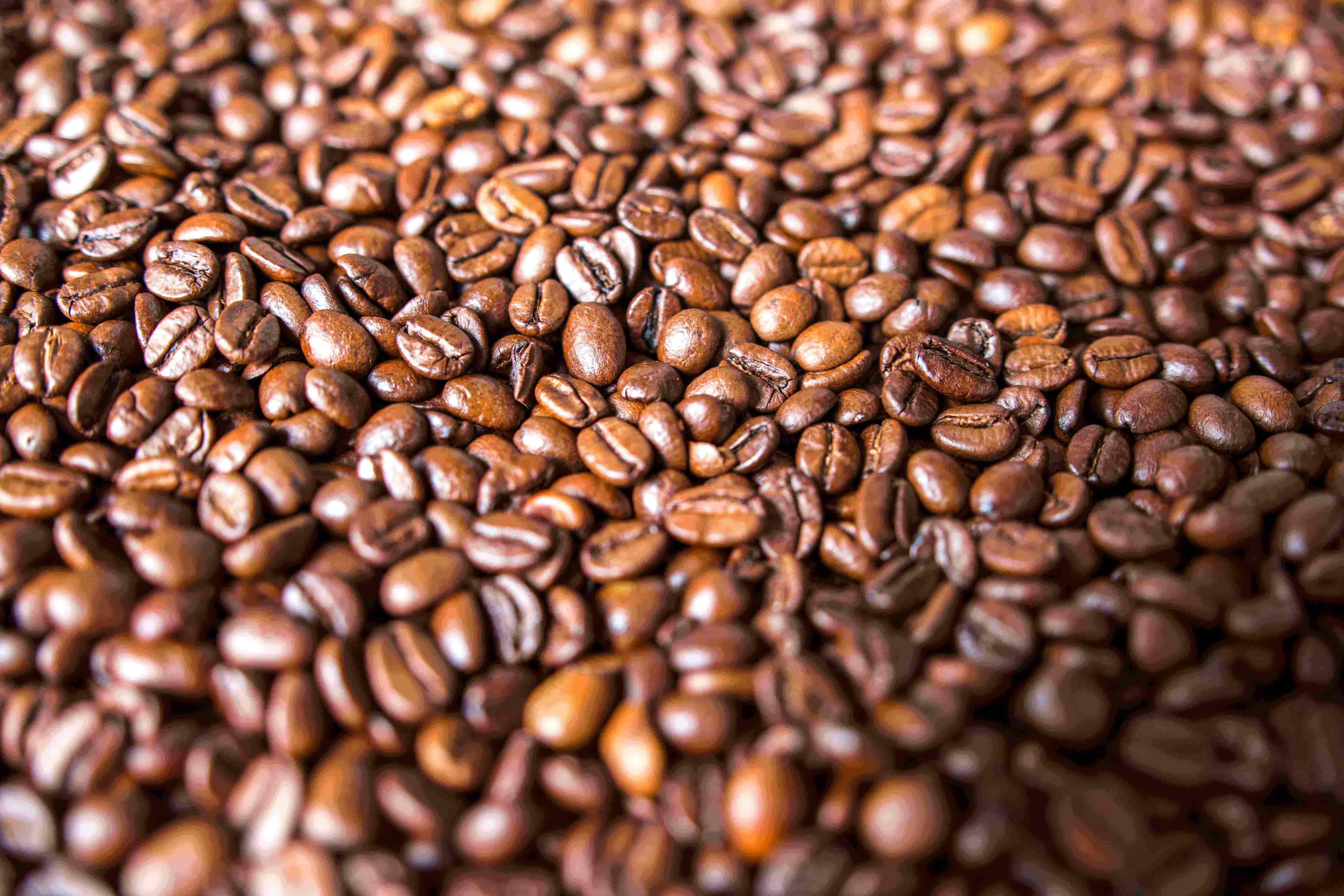I often asked myself this question: how is decaf coffee? After doing my research, I started to ask other questions: is decaffeinated coffee toxic? What is the environmental impact of decaffeination processes? If like me you like to take a decaf from time to time, I think knowing the processes used will interest you.
The following study showed that decaffeinated beverages still retain 1 – 2% (and sometimes even 20%) of the original caffeine content.
A bit of history
The first person who managed to extract pure caffeine from coffee is the chemist Friedlieb Ferdinand Runge in 1820. He did not consider it necessary to patent his process for extracting caffeine from coffee beans to commercialize decaffeinated coffee. In fact, he was mostly looking for caffeine. Unfortunately it did not make great advances in the chemical properties of this molecule.
The first commercial decaffeination process was invented by the German merchant Ludwig Roselius in 1903 (patented in 1906). In 1903, Ludwig unexpectedly discovers this method of Decaffeination. How? Well its freight of coffee beans dipped in the sea water during any voyage. His coffee has lost a large part of his caffeine without losing much taste.

The first industrial decaffeination processes involved steaming of coffee beans, various acids/bases and benzene. This process is no longer used because benzene has carcinogenic properties.
Since then, other less toxic processes are being used.

Common characteristics of the decaffeination
In all decaffeination processes, coffee is always decaffeinated unroasted. The biggest challenge to the decaffeination process is to try to separate only caffeine from the coffee beans while leaving the other chemicals at their original concentrations. It is not an easy task. Coffee contains a large number of chemicals that contribute to taste and aroma.

Since caffeine is a water-soluble polar substance. As a result, we use water in all forms of decaffeination. However, water is not the best solution for decaffeination, as it is not a selective solvent and therefore removes other soluble substances. Therefore, most decaffeination processes use a décaféinisant agent such as methylene chloride, activated charcoal, C02 or ethyl acetate.
Decaffeination process for coffee
There are several methods for decaffeinated coffee. This process is done only on unroasted coffee. The coffee beans are steamed and then rinsed with a solvent. This solvent extracts caffeine by not affecting (or slightly) other components. The steps are repeated (8 to 12 times). That is to say, until the caffeine content meets the required standards. 97% caffeine eliminated according to the American Standard and 99.9% eliminated en masse according to the EU standard.
Organic solvent processes
Solvents used in the decaffeination
Because of the many health alerts, we no longer use the first solvents. They are replaced by dichloromethane and ethyl acetate.
Dichloromethane is able to selectively extract caffeine and has a low boiling point. We use it in the United States of America. However, it is slightly toxic and carcinogenic. The residual solvent must therefore be less than 10 parts per million (ppm).
Ethyl acetate subsequently replaced dichloromethane. Ethyl acetate is also slightly toxic. Oddly, decaffeinated coffee with this solvent is sometimes marketed as “naturally decaffeinated”. The explanation found is simple. We can obtain ethyl acetate from a biological process (such as sugar cane fermentation).

supercritical fluid Extraction
This approach uses CO2 in the state of supercritical matter. This process is called “supercritical fluid extraction”.

Supercritical CO2 acts selectively on caffeine, releasing the alkaloid and nothing else. We place the coffee beans soaked in water in an extraction container. Then we seal the extractor and supercritical CO2 crosses the coffee at high pressures. This helps to extract the caffeine.
CO2 acts as a solvent to dissolve and remove caffeine from coffee beans, leaving behind the larger aromatic components.
After this step, we transfer the CO2 loaded with caffeine into an absorption chamber. The released pressure allows the CO2 to return to its gaseous state. By evaporating, he leaves the caffeine behind him. Caffeine is removed using charcoal filters. Then we recycle the CO2. This process has the advantage of avoiding the use of potentially harmful substances. Decaffeinated coffees with CO2 are commercial, less exotic, quality coffees found in grocery stores.
Water Extraction
Coffee beans soak in hot water. The water used contains other components that contribute to the taste of coffee. After about 10 h of treatment, the water passes through an activated charcoal that holds the caffeine. Then the water is delivered with the coffee and then the water is evaporated. This approach leaves the coffee with a good aroma.
One of the main sources of the article is this book.


Leave a Reply